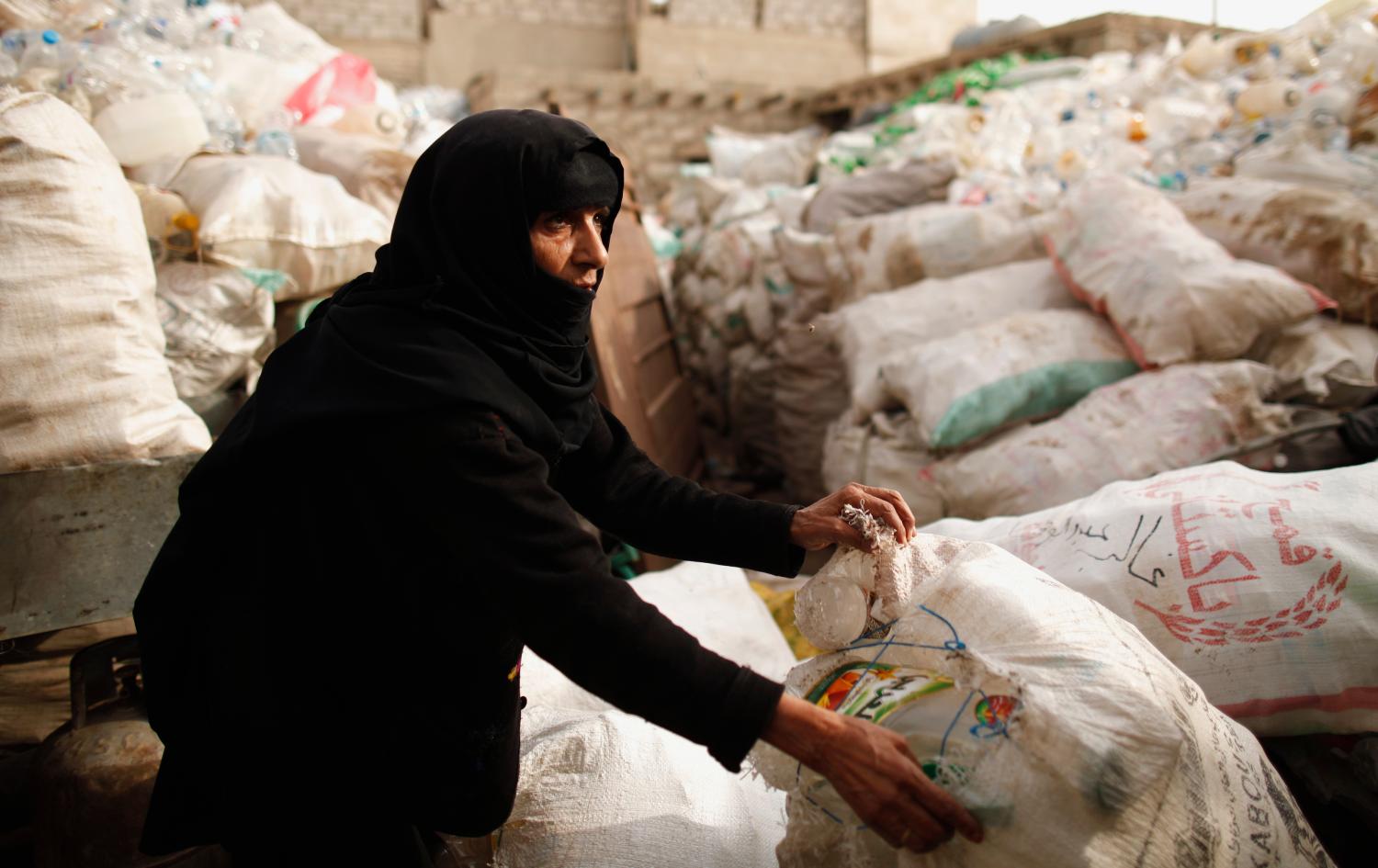Background
Although the progress of the last decade
in the disclosure of aid information has been
unprecedented, the ultimate impact of that disclosure
is dependent on the specific type of information being
disclosed and its accessibility by those who can make
use of it. What is evident is that there remains a critical
gap, especially when it comes to the timely and
accessible disclosure of information during project
implementation. If the donor community is sincere
in wanting to effectively engage stakeholders, not
just during project preparation but throughout the
project’s implementation, then it is essential that this
gap be filled. Until this is addressed, the promise and
potential of transparency and its impact on the governance
of aid remain unfulfilled.
There has been significant progress in transparency
and the accessibility of aid information with regard
to the upstream aspects of project design, including
project identification, project appraisal, and safeguards.
There has also been progress in the reporting
of what aid projects have achieved and their impacts
after completion. What is still less evident, though, is
the transparency of information during the course of
project implementation. This critical period—when
even the best designed projects can go wrong—has
been a relative foundling in terms of available timely
information on how a project is progressing, what
changes have been made to contract terms and
amounts, and whether projects are being executed in
accordance with their design and safeguard specifications,
leaving a major governance gap in monitoring
aid.
The underlying thesis is that, by better targeting the type and format of information required by local stakeholders during implementation, donor agencies and recipient governments will have a greater chance of ensuring the realization and quality of results and successfully adapting to problems and changing conditions on the ground.
Moreover, this lack of attention to the disclosure
of implementation information is occurring despite
the growing evidence that civil society, armed with the
necessary project information, can have a substantive
impact on effective implementation and results.
The purpose of this paper is to review the disclosure
practices of a selection of international finance institutions
(IFIs) and bilateral donor agencies regarding
project implementation information, assess the level
of transparency in terms of type of information and
accessibility of that information, and recommend criteria
for judging the performance of donor agencies
on this important factor. The underlying thesis is that,
by better targeting the type and format of information
required by local stakeholders during implementation,
donor agencies and recipient governments will have a
greater chance of ensuring the realization and quality
of results and successfully adapting to problems and
changing conditions on the ground.
Approach
To set the framework for reviewing and
assessing the reporting practices of the donors, we
first identify the key information that is required for
effective monitoring of project implementation by
local stakeholders. It is assumed that this stakeholder
would be interested in information at the level of the
specific investment or activity such as the building
of a road or the supply of textbooks to a local school
or medicines to a local dispensary. Given the range
of agencies involved in aid financing, including the
IFIs, bilateral government agencies, other multilaterals
such as the United Nations agencies, and philanthropic
organizations, we narrowed our targeted
agencies to those that provide aid to governments
and that fund substantial investment projects with
multiyear implementation. Within that group we focused
on four of the IFIs (World Bank, IDB, AsDB, and
AfDB), given the similar and comparable nature of
their policies and investment practices for concessional
and non-concessional loans, credits, and grants.
In addition we identified a number of bilateral donors
(DFID, USAID, and MCC) to understand the broader applicability
of the assessment and to identify different
the approaches of bilateral aid agencies.
The next challenge was to select investment projects
from these agencies that would offer a good basis on
which to judge the disclosure practices. We excluded
policy or budget support aid as these do not involve
investment in specific physical outputs. It was important
to include a number of larger infrastructure
projects given the scale of issues that these projects
raise during implementation, but we also selected
projects in the human development sector. These
desk reviews and web searches were supplemented by
interviews with several of the agencies as well as the
International Aid Transparency Initiative (IATI) secretariat
and Publish What You Fund.
The Brookings Institution is committed to quality, independence, and impact.
We are supported by a diverse array of funders. In line with our values and policies, each Brookings publication represents the sole views of its author(s).





